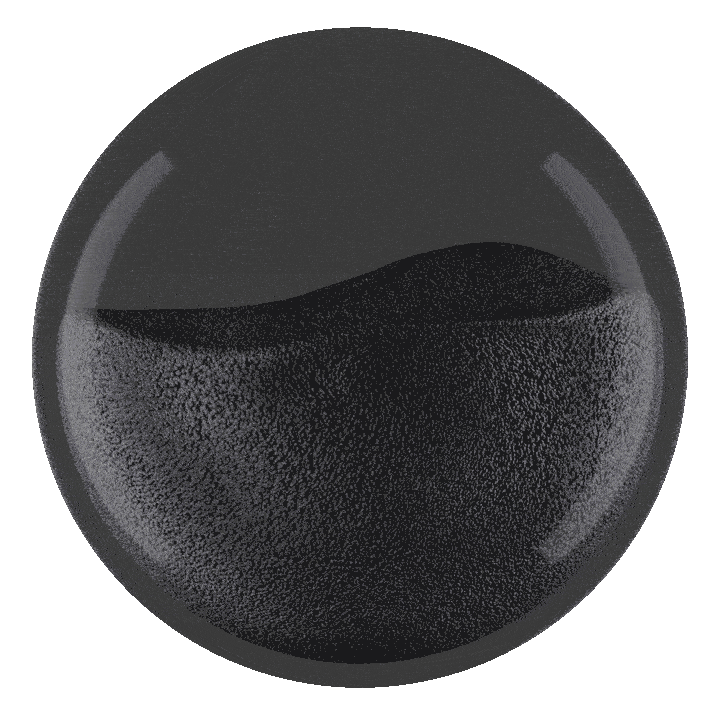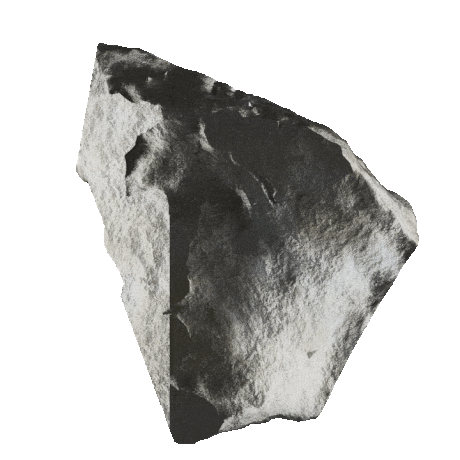What is Ferroalloy?
Ferroalloys are iron-containing alloys added to metal and steel melts as additives to achieve desired changes in properties. One of the most famous and widely used ferroalloys is ferrosilicon.
Ferroalloy Materials
Ferroalloys are different alloys of iron combined with high percentages of other elements such as manganese (Mn), aluminum (Al), or silicon (Si). Due to their brittle and unsuitable structure, ferroalloys cannot be used alone in industries. However, their combination with alloy steels imparts special properties to these metals. Additionally, ferroalloys have a lower melting point than pure elements and are added to liquid steel to create desired properties for specific products.
Some of the Main Ferroalloys Include:
- Ferro Manganese
- Ferrochromium
- Ferro Molybdenum
- Ferro Titanium
- Ferro Vanadium
- Ferrosilicon
- Ferro Phosphorus
History of Ferroalloys
Before 1900 AD, silicon metal, ferrosilicon, and other ferroalloys were produced by melting iron ores or ferrous manganese rocks in graphite and earth furnaces with coke and other reducing materials. This method produced non-uniform materials and products of limited industrial quality. Until 1920, blast furnaces were used only for crude iron production, leading to low-grade ferroalloys when iron ores containing manganese, chromium, or titanium were used.
Manufacture and Production of Ferroalloys
Ferroalloys are produced using non-ferrous metal ores, iron ore, coke, and coal. The production methods include:
Blast Furnace
An older method is now less commonly used for ferroalloy production.
Electric Arc Furnace
With industrial advancements and the creation of generators, ferroalloy production was industrialized. Silicon metal and ferrosilicon are produced by the electric arc method, utilizing electric arc furnaces and submerged arc furnaces. This newer and more efficient method is increasingly used, with China, Kazakhstan, India, South Africa, and Russia being major producers.
Applications of Ferroalloy
Ferroalloys are crucial in the steel-making industry and alloy production, imparting unique features to steel and cast iron and performing essential activities during the process. Key applications include:
Deoxygenation
In steel-making, ferroalloys serve as oxygen scavengers. During steel oxidation, undesirable impurities in iron are removed by oxygen, turning into slag. Some oxygen remains in the iron, causing holes that reduce quality and mechanical properties. Deoxygenation is essential to prevent quality reduction, achieved by adding elements like chromium (Cr), aluminum (Al), silicon (Si), and manganese (Mn), which have a higher affinity for oxygen than iron. Alloys such as ferro-manganese, ferro-silicon, silicon-chromium, silicon-calcium, and aluminum-silicon are used for deoxygenation.

Alloying
Ferroalloys are added during the process to alter steel properties. For example, ferrochromium, ferromanganese with medium or low carbon, and ferrovanadium are alloying agents. These elements improve the final product’s properties by changing the phase change line of the steel. Chromium, for instance, enhances structural quality, stability, and rust resistance in steel. Manganese increases strength and stability in gamma-phase steel.

Inoculation in Iron Casting
In casting industries, ferroalloys modify the properties and freezing conditions of molten iron. Adding certain elements before casting facilitates crystal formation and uniform grain dispersion, increasing ingot hardness and reducing brittleness. Inoculating alloys such as silicon, calcium, ferro-silicon, and ferro-manganese improve iron texture, making it stronger and sometimes a substitute for cast steel.
Other Applications
Some ferroalloys like ferrosilicon, ferrochrome, and silico-manganese are used as reducing agents and in producing other alloys. They also aid in melting non-ferrous metals in mechanical industries, with ferromanganese used in preparing welding wires.
Frequently Asked Questions
What is the application of ferroalloy?
Ferroalloys are used in the steel-making industry and alloy production to impart special properties and unique features to steel and cast iron, playing vital roles in various processes.
What is the process of inoculation in iron casting?
In casting industries, ferroalloys alter the properties and freezing conditions of molten iron. Adding certain elements before casting helps crystal formation, dispersing grains uniformly, increasing ingot hardness, and reducing brittleness. Inoculating alloys like silicon, calcium, ferro-silicon, and ferro-manganese enhance iron texture and strength.


